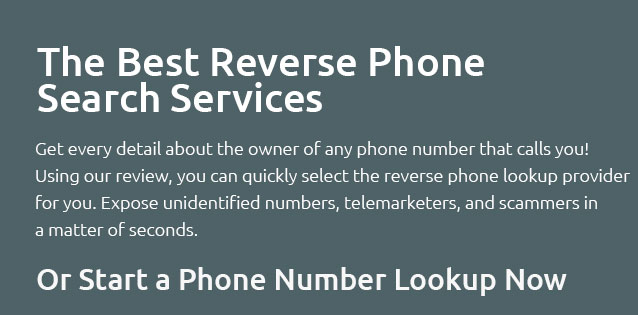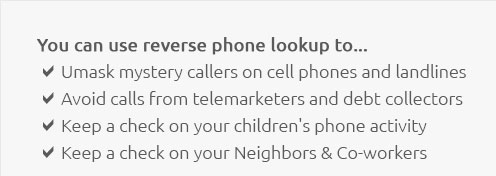 |
 |
|---|
 |
 |
|---|---|
|
|
 |
|
|---|---|
 |
|
 |
|
 |
 |
|---|---|
 |
|
Exploring the World of Reverse Phone Search and Yellow Pages: An In-Depth LookIn today's digital age, the term reverse phone search has become increasingly prevalent, often intersecting with the traditional Yellow Pages in fascinating ways. As technology advances, the methods we use to track down phone numbers have evolved, offering a blend of old-school directories and modern-day digital tools. This article aims to explore the intricacies of reverse phone search services while drawing subtle comparisons to the Yellow Pages, shedding light on how these resources complement each other in our quest for information. Traditionally, the Yellow Pages have been the go-to resource for finding contact details of businesses and individuals. With its iconic yellow-hued pages, this directory has served as a comprehensive guide for anyone needing to connect with service providers or local businesses. However, as the internet became more ubiquitous, the limitations of a static, annually-updated book became apparent. This is where reverse phone search tools stepped in, offering a dynamic and user-friendly approach to information retrieval. The reverse phone search is a tool that allows users to input a phone number and, in return, receive details about the owner of that number. It's particularly useful when receiving calls from unfamiliar numbers, enabling individuals to verify identities or simply satisfy their curiosity. Unlike the Yellow Pages, which primarily lists businesses, reverse phone search tools can provide information about both individuals and companies, making them a versatile option for users. Several popular reverse phone search services are available today, each with its own unique features and strengths.
On the other hand, the Yellow Pages still hold a nostalgic charm and a degree of reliability. For those who prefer the tactile experience of flipping through a physical book, the Yellow Pages offer a tangible connection to local businesses. Furthermore, many online versions of the Yellow Pages have emerged, merging the traditional format with the convenience of digital access. In conclusion, the interplay between reverse phone search tools and the Yellow Pages reflects a broader trend in how we access and utilize information. Each serves its purpose, catering to different needs and preferences. Whether you're someone who values the simplicity of a printed directory or someone who embraces the immediacy of digital searches, there's no denying that both resources have carved out their own niches in the information landscape. As we continue to navigate this ever-evolving world, understanding the strengths and limitations of each tool can empower us to make more informed choices, ultimately enhancing our ability to connect with others in meaningful ways. https://finance.yahoo.com/news/top-2-reverse-cell-phone-033800229.html
Unlike fixed line residential and business telephone numbers that are freely available on the WhitePages and yellow pages, cell phone ... https://www.streetdirectory.com/etoday/yellow-pages-reverse-directory-eefepf.html
It helps you do a thorough search with just a phone number in hand. Reverse yellow pages are available over the Internet. The only thing you need to do is to ... https://www.beenverified.com/reverse-phone/
Reverse Phone Lookup - Email Lookup - Reverse Address Lookup - Property Owner Search ...
|
|---|